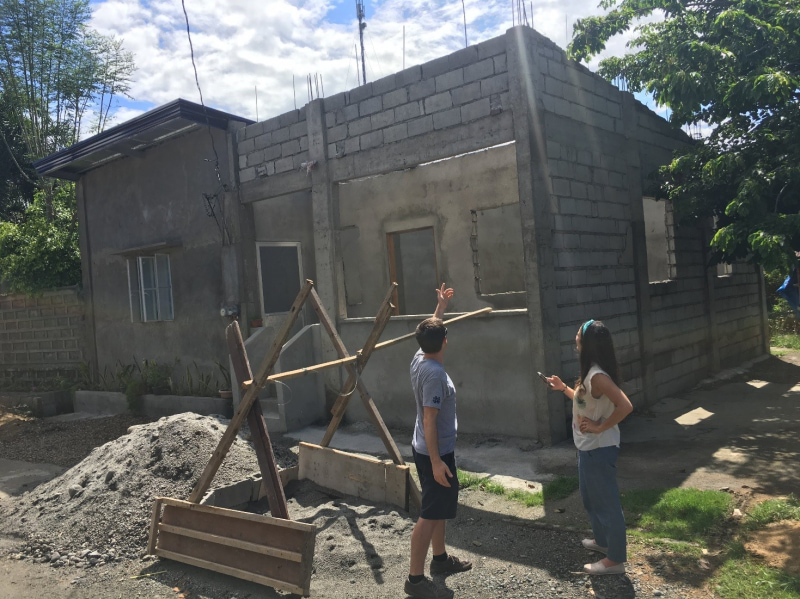Sep 11, 2018 | by Sheldon Yoder, Habitat for Humanity
Fifty-six percent of surveyed houses completely damaged.
Sixty percent of surveyed households do not believe their house will withstand future calamities.
These are some of the striking findings from recent research conducted by the University of Notre Dame and Habitat for Humanity in the Philippines, an island nation subject to a range of disasters.
Other research[1] shows that humanitarian organizations rarely reach more than thirty percent of the shelter needs within the first year after a major disaster, and some significantly lower, leading families to rebuild the same weaknesses that led to house damage or destruction in the first place.
Recognizing this, Habitat for Humanity, along with the wider shelter sector, understands it needs to increase its impact through market-based programming. At the same time, shelter practitioners have struggled to include market-based approaches in their repertoire because assessment tools do not provide the information needed for appropriate response analysis, in part because:
Responding to this need, Habitat for Humanity’s Terwilliger Center for Innovation in Shelter, a team within Habitat charged with exploring market-based approaches to housing, partnered with a team of graduate students from the University of Notre Dame Keough School of Global Affairs to design a pre-crisis market analysis toolkit to increase understanding of housing markets for humanitarian aid, using the existing Pre-Crisis Market Assessment (PCMA) guidance as its jumping off point. The initial research and piloting were conducted in northern Cebu Province in the Philippines, where 56 percent of houses were completely damaged in Super Typhoon Haiyan (Yolanda).
Given the complexity of housing, the team recognized the most pressing need was developing a series of successive lenses to help practitioners narrow down the focus of their analysis for the PCMA.

Field research in northern Cebu Province, Philippines
The Notre Dame team spent two months in the field testing prototypes of this process in northern Cebu province in the Philippines, which they wrapped up at the end of July. While the team is still designing, analyzing and synthesizing, some preliminary findings from Cebu include:
If you wish to hear more about what Habitat for Humanity and the University of Notre Dame, along with Catholic Relief Services, are doing to improve market assessment tools and approaches for the shelter sector, join us for our session, “Beyond Commodities: Market Approaches Fit for Emergency Shelter Response,” at the 2018 SEEP Annual Conference. Reserve your spot now!
[1] Parrack, C., Flinn, B. and Passey, M. (2014) “Getting the message across for safer self-recovery in post-disaster shelter”, Open House International 39(3): 47-58.
Sheldon Yoder is the global market systems and entrepreneurship manager for Habitat for Humanity’s Terwilliger Center for Innovation in Shelter. He serves as a market systems technical advisor on a portfolio of housing market systems development programs, providing support for market assessments, program design, and monitoring and results management. He has worked for Habitat for more than five years, specializing in housing finance and market-based approaches and he has more than ten years’ experience as an international development practitioner focused on economic development. He has a master’s degree in international development studies and a bachelor’s degree in journalism.
Categories: Fragile and Conflict-affected Environments Blog Resilient Markets Blog Disaster Risk Reduction WebinarsBlogs

1621 North Kent Street, Ste 900,
Arlington, VA, 22209
P 202.534.1400
F 703.276.1433
Website Photos: © mari matsuri
